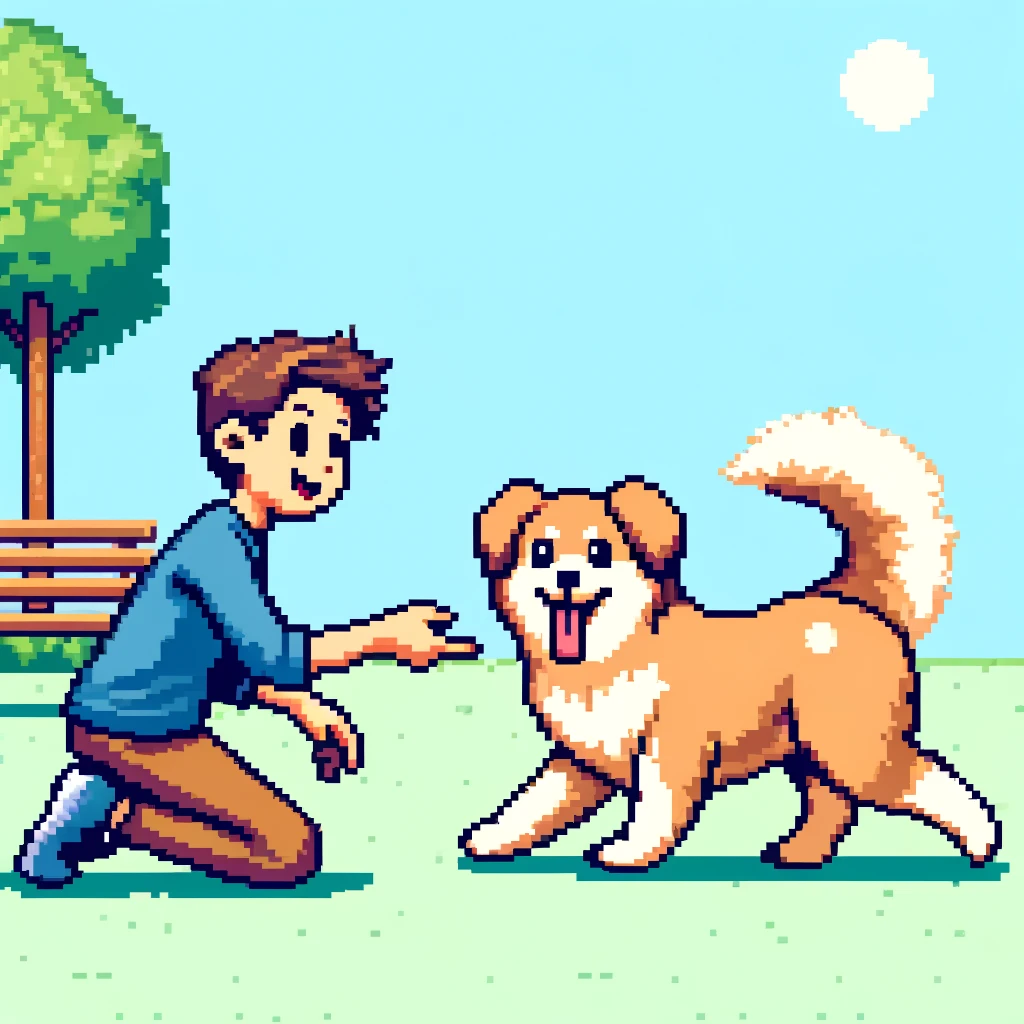
The Science of Dogs’ Adaptations to Human Society
Dogs have been our loyal companions for over 15,000 years. From the fierce wolves of the past to the loving pets that sprawl across our living rooms today, the journey of Canis lupus familiaris—our dogs—offers a fascinating glimpse into the power of evolution and adaptation. This article delves into how dogs have morphed from wild predators to become masters of cohabitation with humans, thriving in a world dominated by their two-legged partners.
The Historical Context
Dogs aren’t just widespread; they’re uniquely diverse. With an estimated 800 million dogs globally, their presence is unmatched by any large mammal except humans. This incredible expansion owes much to their remarkable ability to adapt to living alongside humans. Unlike their wild ancestors who relied on hunting, modern dogs have evolved to capitalize on human leftovers, whether through scavenging or direct feeding from their human companions.
Adapting to a New Diet
The dietary shift from hunting large prey to scavenging human food has profound implications for dog behavior and social structures. Wolves, the ancestors of dogs, hunt in packs, requiring sophisticated cooperation to track and take down prey. Dogs, however, often feed alone, scavenging remains that do not require group effort. This shift has influenced not just their hunting techniques but also their reproductive strategies and social interactions.
Reproductive Changes
Dogs have a more flexible approach to reproduction compared to wolves. They can reproduce more frequently and do not adhere to a strict breeding season. This flexibility is advantageous in an unpredictable environment where food sources—largely controlled by human activity—can change rapidly. For pet owners, understanding these patterns can inform better breeding and health care practices.
Social Behavior: A Complex Web
The social lives of dogs are intriguing and multifaceted. Contrary to the notion that dogs are simply less aggressive and more cooperative than wolves, research shows that dogs actually exhibit a more pronounced hierarchical structure in their interactions with each other. This hierarchy can be seen in various contexts, from feeding behaviors to social interactions within groups. For pet owners, recognizing these dynamics can help in managing multiple-dog households and ensuring harmony within the pack.
Humans: The Super-Dominants
One of the most fascinating aspects of dog adaptation is their interaction with humans. Dogs see humans as a “super-dominant” social partner due to our control over food, shelter, and social interactions. This dynamic is crucial for pet owners to understand—it underpins training methods, behavioral expectations, and the overall human-dog relationship.
The Emotional Bond
Despite their competitive nature with conspecifics, dogs have developed a unique attachment to humans. Studies using methods like the Strange Situation Procedure—originally designed for human infants—show that many dogs form secure attachments to their caregivers. For dog owners, this means recognizing the importance of social bonds and providing a stable and supportive environment for their pets.
Implications for Dog Owners
Understanding these adaptations not only enriches our knowledge of our canine companions but also enhances our ability to provide for them effectively. Recognizing the depth of dogs’ behavioral adaptations helps owners create environments that cater to the needs of their pets, from diet and exercise to social interaction and training.
Conclusion
Dogs’ journey from wild hunters to beloved pets is a testament to the power of adaptive evolution. By understanding the nuances of this transformation, we can appreciate the complex interplay of genetics, environment, and behavior that shapes the lives of our pets today. For dog owners, this knowledge is key to nurturing the health and happiness of their furry family members.
Engage with Us
We love hearing about your experiences and insights on living with dogs! Share your stories in the comments below or on our social media pages. Let’s continue to learn from each other and ensure our pets lead the happiest lives possible.
